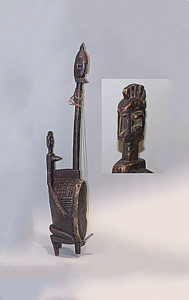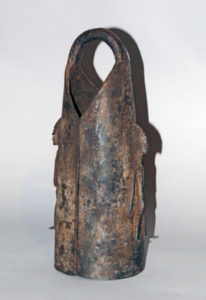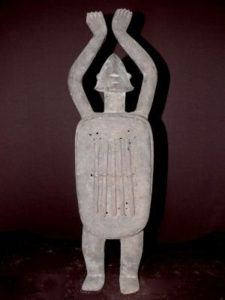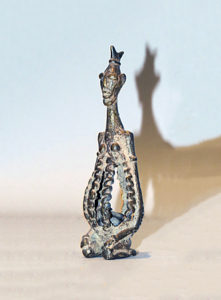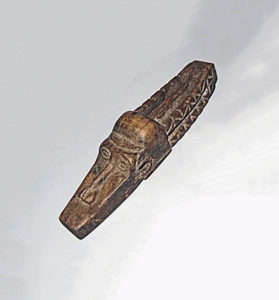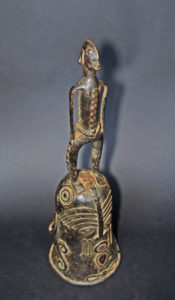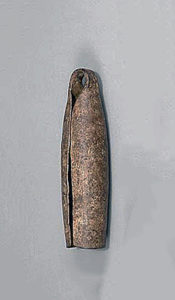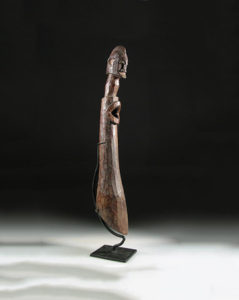Dogon
The Dogon people of Mali are believed to have originated in ancient Egypt, though they have stories of traveling from the Mande kingdom. They settled along the sandstone cliffs by the Bandiagara Escarpment (probably during the 15th or 16th century). Today it is known as the central plateau region of Mali, south of the Niger bend and in Burkina Faso. It is thought that they ended up here while trying to escape Islamization. They speak the Dogon languages, which are considered to constitute an independent branch of the Niger–Congo language family, meaning that they are not closely related to any other languages.
The Dogon have become popularized for their ancient tales on human origins and extraterrestrial contact. According to legend, a race of beings called Nommo, came from the star system Sirius, thousands of years ago. The beings are said to have come to Earth and provided humans with knowledge. They gave the Dogon information about their solar system as well as our own. These same creatures also appear in Babylonian and Sumerian myths.
Oddly, the Dogon did have knowledge for centuries that were, until Galileo and his telescope, unknown to the Western world. They identified Jupiter’s moons and Saturn’s rings and knew that the Sun was the center of our solar system. They have stories about the big bang and other astronomical events. They had awareness about an invisible companion star orbiting Sirius that was unidentified until 1970. It baffles scientists to this day that an ancient race had knowledge of solar systems that cannot be seen without the help of high-powered telescopes.
Dogon religion is based on oral traditions, which may vary slightly depending on which Dogon clan is being consulted. The most widespread account states that the Nommo are the creation gods, who came from the sky in spaceships, and will return one day. Ancestor worship and cult initiation plays a large part of their belief system. There are three main cults among the Dogon, all of which incorporate mask making.
- Awa is the cult of the dead. Members dance with liturgical masks during both funeral and death anniversary ceremonies to lead souls of the deceased to their final resting place.
- Lebe is the Earth God. This cult primarily deals with agriculture. All Dogon villages have a shrine to encourage the fertility of the land. A Hogon, or priest, is responsible for protecting the purity of the soil.
- Binu is a supernatural and protective being that reveals itself to others in the form of an animal. Binu shrines are meant to house spirits of mythic ancestors who lived before mankind experienced death.
Source:
The Dogon People | African Tribes : Discover African Art
Baquart, Jean-Baptiste. The Tribal Arts of Africa. New York: Thames and Hudson Inc.


